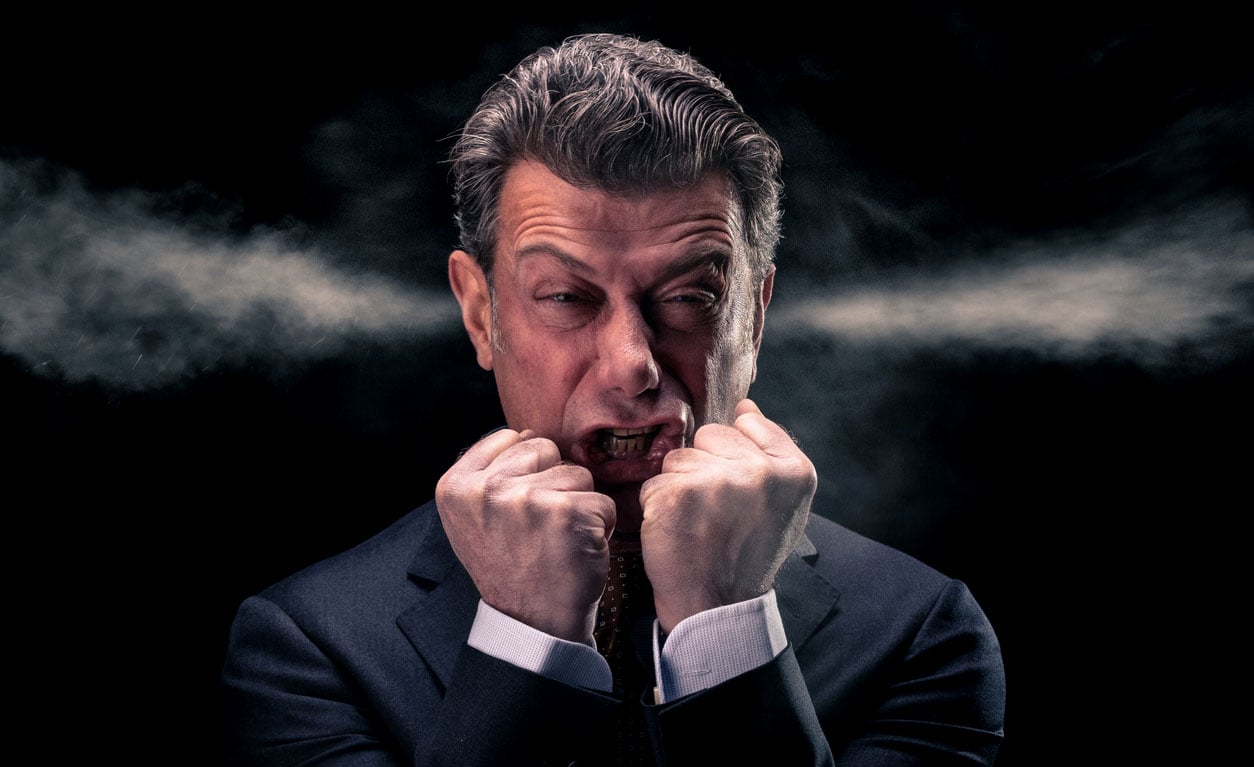
By Annie Hauser
The top causes for a bloody nose and simple ways parents can control them.
Nosebleeds in kids can run the gamut from mild to severe—from no big deal to messy and downright scary. Understanding what causes nosebleeds in children can help you stop them, and know when you need to see a specialist for help.
“Typically, nosebleeds are caused by small blood vessels in the front of the nose,” said Terrence Pleasant, M.D., a fellow in pediatric otolaryngology head and neck surgery at University of Michigan Health C.S. Mott Children’s Hospital.
When it comes to what causes nosebleeds in children, Pleasant says it’s typically one of the following:
- Kids picking their nose. “A lot of times in kids, nosebleeds come from trauma endured after they pick their nose,” Pleasant said.
- Dry air. “Nosebleeds happen more often in winter because of heat in homes and different areas, and it’s pretty dry. If you don’t moisturize your skin it cracks and bleeds, and the same sort of thing can happen in the nose,” Pleasant explains.
- Foreign objects in the nose. If a child sticks a toy or other small object up their nose, that can irritate the nasal lining and cause bleeding. This can sometimes warrant a trip to the doctor or emergency room to have the item removed.
- Bleeding disorders. Children with bleeding disorders or clotting issues can have spontaneous nosebleeds. Kids with these types of issues will typically have other bruising or clotting problems, so nosebleeds alone aren’t likely to indicate a bleeding disorder.
- Allergies. Occasionally, kids with allergies may experience more nosebleeds.
Can nosebleeds be a sign of a more serious condition?
Kids with recurrent nosebleeds that can’t be controlled by home treatments may need to be evaluated by a specialist.
If a bloody nose lasts more than 15 or 20 minutes at a time without slowing down, or if bleeding is coming from the back of the nose and throat, that warrants a trip to the doctor, Pleasant says.
In very rare cases, severe and recurrent nosebleeds can be a sign of a tumor or mass. Specifically in teenage boys, some may develop a mass in their nose that causes a large volume of nosebleeds, a condition called juvenile nasal angiofibroma.
“It’s not a very common condition that we see,” Pleasant said, noting he has seen just two cases in the past six months—and that’s at an institution like University of Michigan Health known for taking on difficult and hard-to-treat cases.
How do you stop a nosebleed?
The No. 1 way to stop a bloody nose? Don’t tip your head back. Although this used to be common advice, it makes your blood go down the back of your throat and cause choking.
“Instead, have a child lean forward and pinch the soft part of the nose for 15 minutes by the clock,” Pleasant said. “That can help compress the most common location from where nosebleeds start.”
A nasal spray can also help.
“Parents can spray Afrin in the nose. This helps constrict blood vessels to prevent them from bleeding,” Pleasant said.
Afrin, the brand name of the drug oxymetazoline, is designed to constrict the blood vessels in the nose and should stop bleeding nearly instantly.
“If it doesn’t, I would say that would be a reason to come in and be seen by a specialist,” Pleasant said.
The drug makers say to ask your doctor before using it on children under 6 years old.
What treatments are available for nosebleeds at your doctor’s office?
In rare cases, medical intervention is needed to stop recurrent nosebleeds.
“Sometimes we can do something as simple as chemical cautery. We can use a silver nitrate stick that’s essentially a Q-tip that can be applied to the area of concern,” Pleasant said. “This takes a minute or so and can easily prevent or control most recurrent nosebleeds.”
“If the bleeding vessels are more prominent or in a difficult location, we can take the kid to the OR and do a nasal endoscopy. We can use the chemical cautery in the OR, or we can use an electric cautery,” he said.
For rare nosebleed causes like juvenile nasal angiofibroma, more thorough surgical intervention may be needed.
When should you seek help for a nosebleed?
If your child feels weak, passes out, or is having problems breathing, head to the nearest emergency room, Pleasant says.
“These are signs that your child is experiencing a significant amount of blood loss, and needs immediate medical attention.”
Could COVID-19 cause nosebleeds?
Since the COVID-19 pandemic began, it’s been easy to worry that every last symptom is a sign of the virus.
“We have not, in our institution, seen any significant number of nosebleeds from the COVID-19 virus itself,” Pleasant said.
It’s possible that frequent testing with a nose swap could irritate the nose and cause bleeding if the person doing the swab isn’t familiar with the right technique. But Pleasant hasn’t seen this frequently and says that a connection between COVID-19 and nosebleeds shouldn’t be a concern.
How do you prevent nosebleeds in children?
Pleasant says the following tips can help with preventing nosebleeds in kids:
- Moisturize the nose with saline sprays. Saltwater sprays do the trick.
- Keep fingernails short. If nose picking is an issue, trimmed fingernails can help prevent the front-tissue damage that can cause bleeding.
- Use a humidifier. Having a cool mist humidifier in a child’s bedroom at night can help prevent dry heat from causing irritation.
- Coat the inside of the nostril with Vaseline or Ayr Saline Nasal Gel. Doing this before bed can help the nostrils stay moisturized throughout the night.
For most nosebleeds, a little care and prevention is all it takes to stop future episodes. For the rest, a specialist can help determine if more serious intervention is necessary.
—
This post was previously published on on healthblog.uofmhealth.org undrr a Creative Commons License.
***
You may also like these posts on The Good Men Project:
 White Fragility: Talking to White People About Racism White Fragility: Talking to White People About Racism |
 Escape the “Act Like a Man” Box Escape the “Act Like a Man” Box |
 The Lack of Gentle Platonic Touch in Men’s Lives is a Killer The Lack of Gentle Platonic Touch in Men’s Lives is a Killer |
 What We Talk About When We Talk About Men What We Talk About When We Talk About Men |
—
Photo credit: Shutterstock.com
The post What Causes Nosebleeds in Children? appeared first on The Good Men Project.
